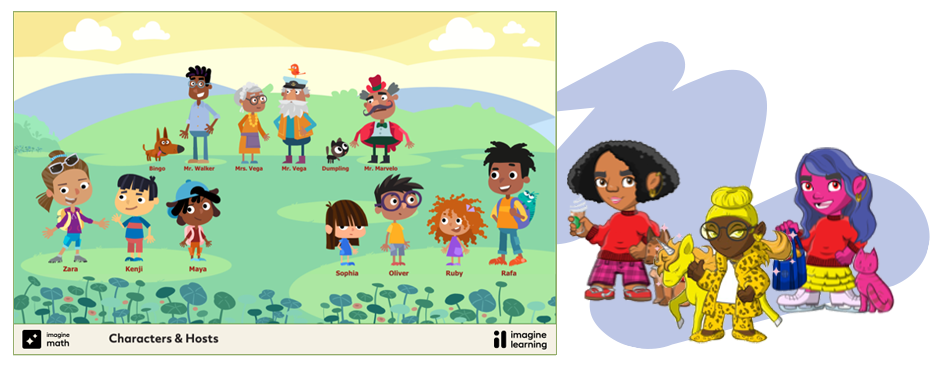Words matter.
Catherine Cahn, founder of Twig Science and President of Core Curriculum at Imagine Learning, recently remarked on the power of language to both empower and exclude women and gender-diverse individuals. If a company is looking to hire a new CFO and they say in a meeting, “Where are we going to find him?”, that one tiny pronoun tells everyone exactly who they picture (and don’t picture) in the position.
It is like when you mention your new (female) doctor by title and are asked, “did you like him?”
These words contribute to the “persistent, subconscious images of male mathematicians and scientists that start at the earliest ages, [which] may be one explanation why girls enter STEM fields… at dramatically lower rates than boys.”
Teachers are in a unique position to disrupt this subconscious bias by being deliberate about language choices in the classroom. In order to make sure girls feel welcome in the sciences, we should also reflect upon how we represent scientists and mathematicians.
Representation matters.
Here are three ways we can better represent girls and women in STEM:
1. This month (and every month), share information about prominent women in STEM
Share biographical information about women in the sciences in your classroom, on social media, and with the kids in your life. Tell them about Curie and Johnson, of course! But also tell them about Jane C. Wright, who contributed to chemotherapy developments; Tu YouYou, who saved millions of lives with her malaria treatment; Françoise Barré-Sinoussi, who discovered HIV; Lydia Villa-Komaroff, who helped find a key molecule in Alzheimer’s diagnosis and treatment; Mae C. Jemison, the first Black American woman to travel to space; and many more.
2. Connect with women working in STEM fields
They may not be as well-known as Marie Curie and Katherine Johnson, but the women in your community working in STEM fields are just as extraordinary – and possibly even more inspiring. We know that “girls who see women working in STEM careers are more likely to consider a career in science, technology, engineering or math.” Whether you have a friend working as a computer scientist, a cousin studying biology, or you make a connection at a local Society of Women Engineers event, being able to talk to a “real” woman in a STEM field could influence a young girl’s future choices.
3. Ensure that girls see themselves in the curriculum
If we want girls to picture themselves in STEM careers, we should start with the curriculum. That’s why Imagine Math PreK–2’s cast of characters is designed so that every student can see themselves reflected in the program. These characters narrate and demonstrate concepts to students in an engaging virtual environment created to look like the diverse world in which we live.




